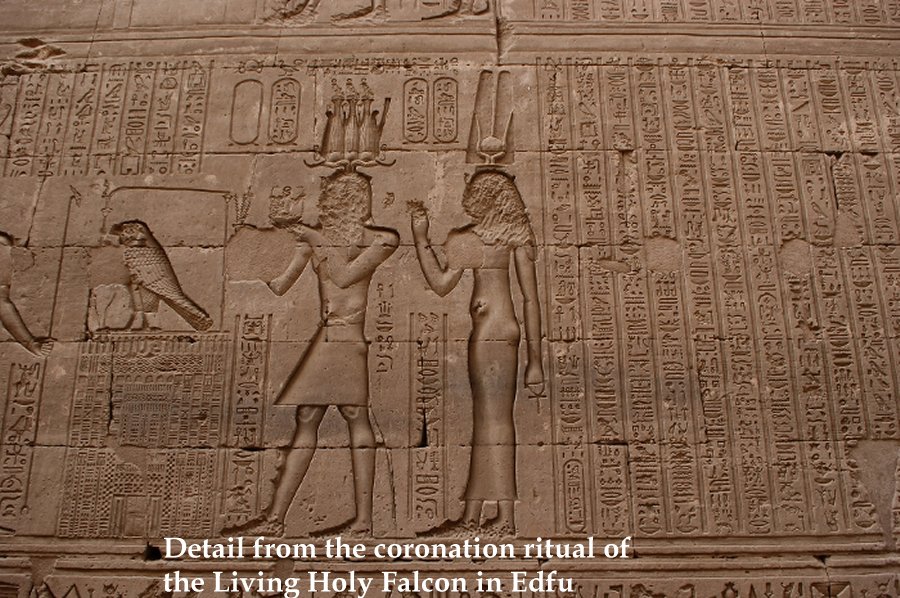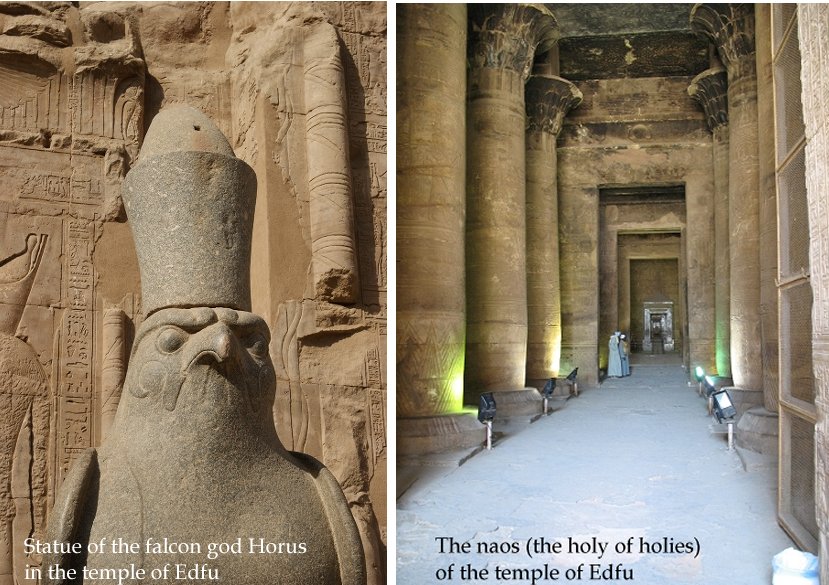AncientPages.com - It was long believed that Egyptian temple culture was declining in the Ptolemaic era, after the death of Alexander the Great in 323 BC.

Egyptologist Carina van den Hoven who studied the ritual scenes depicted on the walls of the temples and deciphered the texts written in hieroglyphics - disagrees.
The researcher discovered that innovations were introduced into the contemporary temple culture that were rooted in ancient traditions.

After Alexander's sudden death, his Macedonian empire that stretched over 4,000 kilometers, from the Ionian Sea to the Himalayas - was left without any capable successor.
In 322 BC, ex-general Ptolemy (' Ptolemy I Soter') gained authority over Eqypt, and in 305 BC he proclaimed himself king. After his death in 283 BC, he was succeeded by his son Ptolemy II Philadelphus.

Panel A shows Ptolemy II Philadelphus standing before Ptah, adoring him and presenting with his right hand a statuette of Ma'at to the god. Image via Global Egyptian Museum
Things began to change in the society due to a renewal influenced by the many Greek people who left for Alexandria, the new capital of Egypt on the north coast, to engage in trade or who settled elsewhere. The economy was flourishing; in agriculture, new crops were grown, the waterwheel was introduced to irrigate fields and under Ptolemy, coins were first used as a means of payment.
Nothing indicates that ancient Egyptian culture was in decline in this period, according to Van den Hoven. On the contrary, 2,000 new hieroglyphs were added in the Ptolemaic period and new ritual temple texts were added.
The native Egyptian priests in the Ptolemaic period tried to maintain the long-lasting traditions of the temple culture.
AncientPages.com





